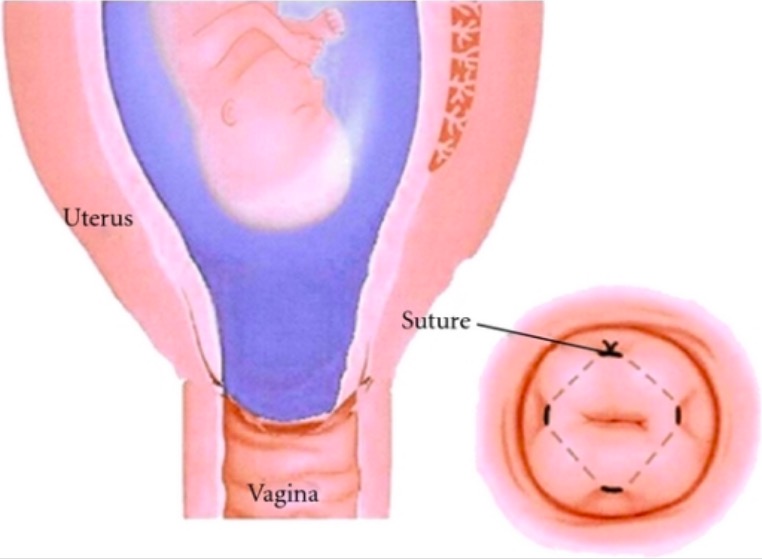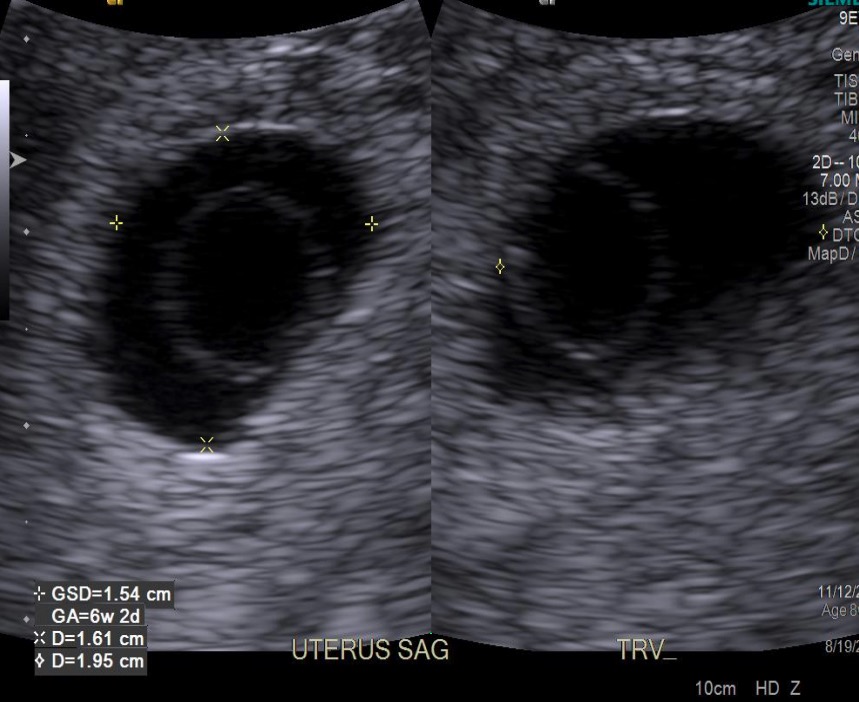Playlist
Show Playlist
Hide Playlist
Causes: Immaturity & Pregnancy – Secondary Immunodeficiency Diseases
-
Slides Secondary Immunodeficiency.pdf
-
Reference List Immune System.pdf
-
Download Lecture Overview
00:01 When we are very young, our immune system is not fully developed. 00:05 So immaturity can also be a cause of secondary immunodeficiency. 00:10 Neonates have a relatively immature immune system, particularly if delivered pre-term. 00:15 There is susceptibility to infection and this correlates with the degree of prematurity. 00:22 Both T-cells and B-cells in the neonate are naïve, they haven’t encountered antigen yet. 00:29 And therefore they respond relatively slowly to infection. 00:35 In some infants there is a transient hypogammaglobulinemia of infancy in which IgG levels remain low following catabolism of placentally-transferred maternal IgG. 00:49 This is usually asymptomatic. 00:52 Maternal IgG is transported across the placenta by the neonatal IgG-Fc receptor (FcRn). 01:03 So antibodies from the mother are picked up by FcRn and transferred across the placenta, and released into the fetal circulation. 01:15 The newborn therefore contains the same antibody specificities as the mother because the antibody is coming from the mother rather than being produced by the fetus. 01:24 In immaturity, maternal IgA and IgG in breast milk is particularly important for the newborn. 01:33 Ingested secretory IgA protects the newborn against microbial colonization in the gut. 01:40 Whilst ingested IgG antibodies are transported into the infant’s circulation by the FcRn on gut epithelium. 01:50 Here we can see the serum immunoglobulin levels in the newborn as a percent of adult values. 01:59 Our own B-cells are beginning to make IgM antibodies before we’re born, but only very small levels are produced by the time of birth. 02:10 But within the months following birth, IgM levels within a year or so reach the level that you would find in the adult. 02:20 IgG follows a little bit later on, remember IgM is characteristic of the primary immune response and IgG of the secondary immune response. 02:29 And at the time of birth, there is very little IgG in the infant’s circulation that is being produced by the infant’s own B-lymphocytes. 02:38 They’re just reaching the stage of maturity when they can begin to make antibody. 02:44 IgA levels are also vanishingly small at the time of birth but will increase over time. 02:54 However, with respect to IgG, there is in fact quite a lot of IgG in the fetal circulation and in the newborn circulation. 03:05 And that’s because IgG is transferred across the placenta as we’ve just seen using the FcRn. 03:15 This maternally derived antibody will begin to be catabolised once the newborn has been born. 03:23 And IgG has a half life of around about three weeks. 03:29 So three weeks after birth, half of the maternal antibody will have been catabolised. 03:35 Six weeks after birth, there’ll only be 25% of the maternal antibody. 03:39 But the infant is now beginning to make their own IgG, so there will be a dip in the level as the maternal IgG is catabolised, but then the infant’s own IgG will come up and eventually there will be a rise in the overall IgG level. 04:00 Pregnancy is a condition in which there is a natural immunosuppression. 04:06 This occurs in order to avoid rejection of the semi-allogeneic fetus. 04:11 Remember, half of the genes in the fetus, will have come from the male partner. 04:19 Immunosuppression is largely focused at the maternal-fetal interface in the placenta, to stop an immunological rejection of this semi-allogeneic fetus where half of the genes are from the dad. 04:33 However, there is some degree of systemic suppression of the immune response. 04:38 And pregnant women have a degree of increased incidence and severity of infection. 04:46 There is no evidence of risk of vaccinating pregnant women with inactivated virus or bacterial vaccines or with toxoids, which are inactivated bacterial toxins. 04:57 However, live virus vaccines are contraindicated because of the theoretical risk of transmission of live virus to the fetus.
About the Lecture
The lecture Causes: Immaturity & Pregnancy – Secondary Immunodeficiency Diseases by Peter Delves, PhD is from the course Immunodeficiency and Immune Deficiency Diseases. It contains the following chapters:
- Immaturity
- Pregnancy
Included Quiz Questions
Which of the following receptors transfers maternal immunoglobulin G across the placenta?
- Neonatal Fc receptor (FcRn)
- Fc-gamma receptor I (FcγRI)
- Fc-gamma receptor Ib (FcγRIIb)
- Polymeric immunoglobulin receptor
- Fc epsilon RI (FcεRI)
Which of the following statements regarding transient hypogammaglobulinemia of infancy is most accurate?
- It is usually asymptomatic.
- It is mainly due to a deficiency in T-cell proliferation.
- It is most often seen in the first 2 months of life.
- The innate immunity is defective.
- Maternal immune deficiency is often present.
At approximately what age does serum immunoglobulin M levels reach that of adulthood?
- 1 year
- 1 month
- 10 years
- 6 months
- Birth
Why is natural immunosuppression an integral part of fetal survival in pregnancy?
- The developing fetus is semi-allogeneic.
- The mother is semi-allogeneic.
- The fetus is allogenic.
- The mother is allogenic.
- The placenta is allogenic.
Customer reviews
5,0 of 5 stars
| 5 Stars |
|
5 |
| 4 Stars |
|
0 |
| 3 Stars |
|
0 |
| 2 Stars |
|
0 |
| 1 Star |
|
0 |





